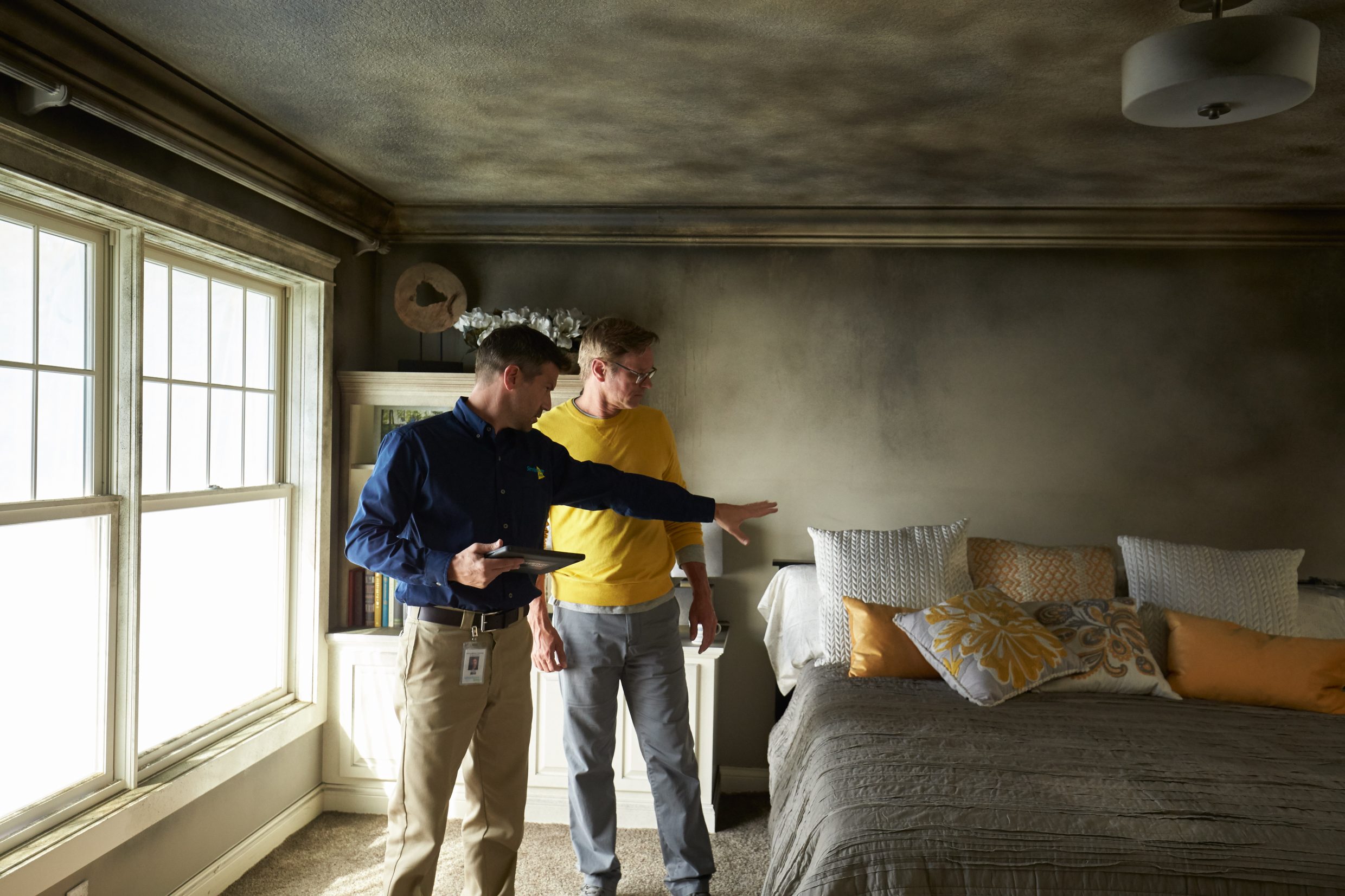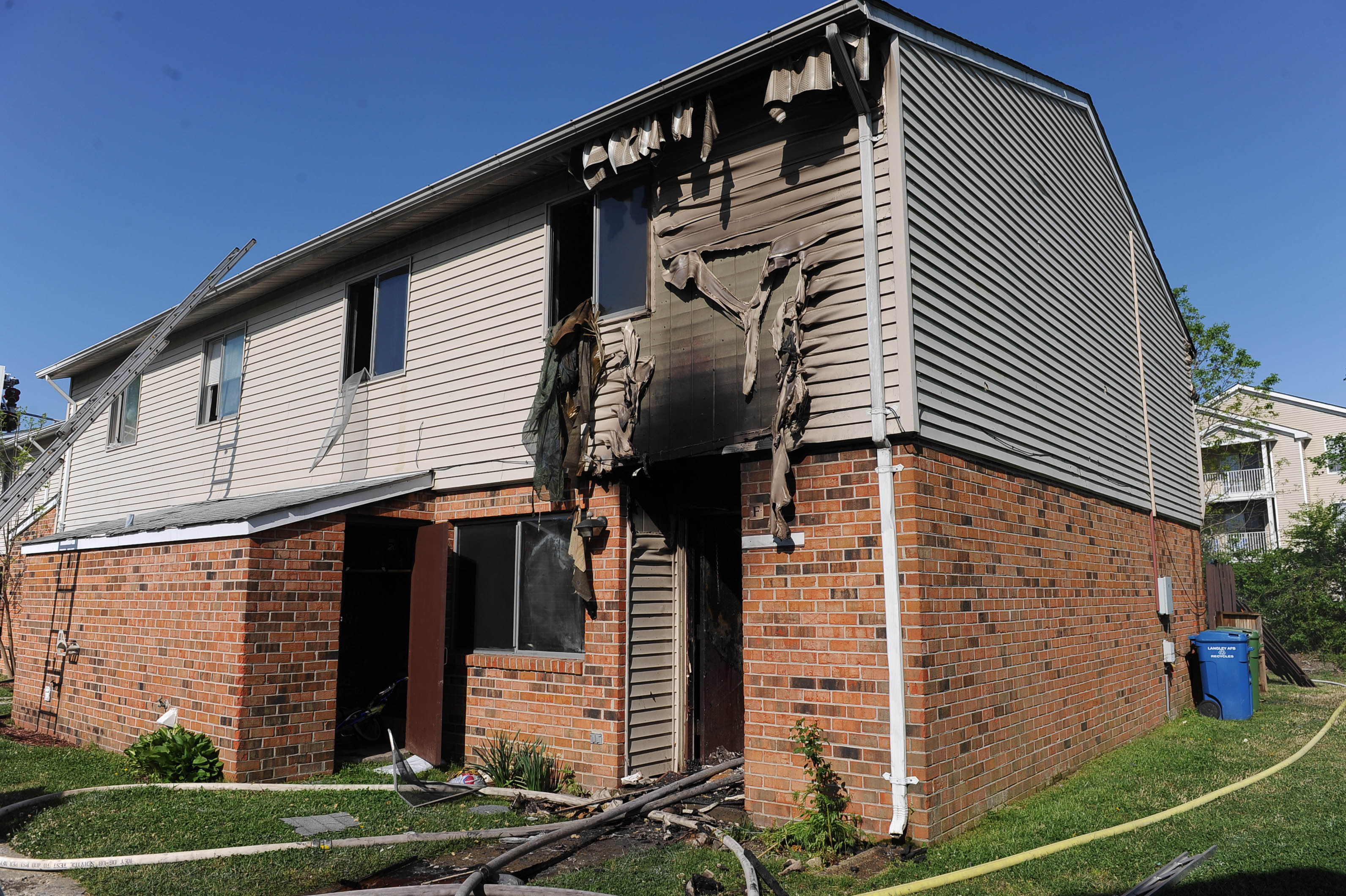Unfortunately for most, after a wildfire has passed is when the real work begins. The wildfire may not have impacted the home with direct flame impingement, but even from a distance a wildfire can have many negative effects on a structure. Indirect damage from wildfires can come in many forms, one of the most common being smoke damage.
Smoke is compromised of carbon dioxide, carbon monoxide, water vapor, and other toxic particulates that are created during combustion. Fires produce this toxic smoke and winds push it towards structures and neighborhoods as it progresses. (Read more on smoke and color here.)

Windows left open smoke from nearby active fires can damage the interior of a residential structure.
Any space that is not airtight in a home is likely to fall victim to some of the negative impacts that smoke can have. Some of the areas that are the most common entrances of smoke to a structure would be doors (or any means of ingress and egress for residents and pets), windows, and central air ducts. With enough smoke, these air ducts can be a very efficient means of transportation to areas of the house that one would think are relatively inaccessible to particulate matter.
Once the smoke has entered the structure, it is difficult to stop the damage that follows. This troublesome gas usually leaves soot strewn throughout the home as well as, leaving foul smelling odors throughout the fabric of the home. These odors can be much more hazardous than just an unpleasant smell. The framework and materials of the structure can hold the particulate matter that has been shown to be a carcinogenic in some cases.
How to Deal with Impacts from Smoke Damage
The most common response is “Document”. Document from the first time entering the home since the incident when the smoke damage occurred. It is important that every step in the reimbursement, replacement, and refurbishing process be recorded. Documenting these steps provide records for insurance providers and make the entire process much smoother for both parties. An inspector will finalize the reporting process.
Refurbish, clean, or replace are the next steps. If the damage to clothing or fabric is minimal to the point that cleaning the surface/clothing is an option. Professional cleaners can remove all of the soot and particulate matter from the smoke that settled in the home.





One Comment